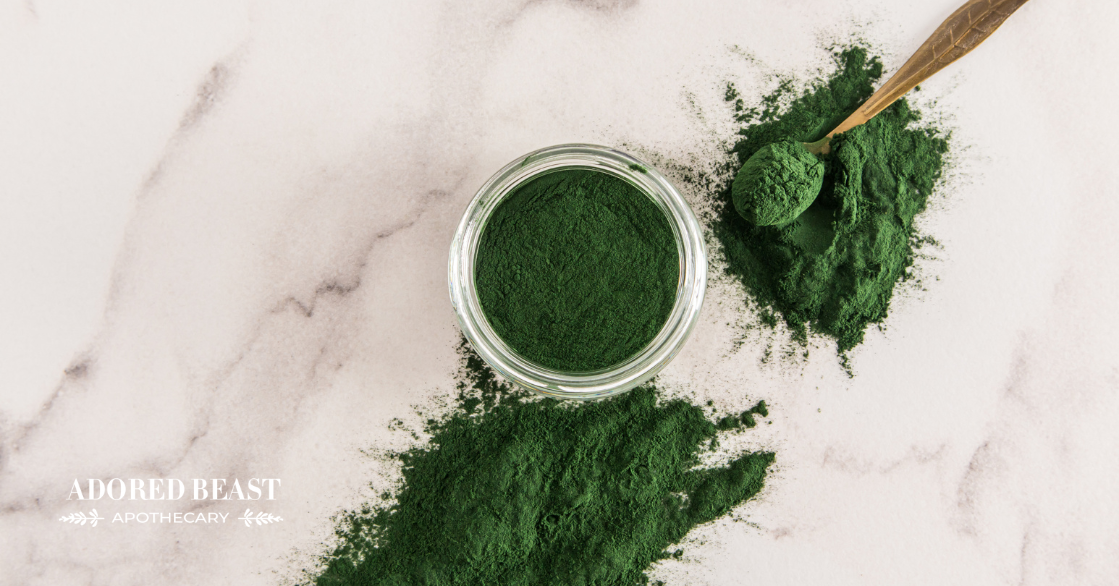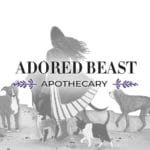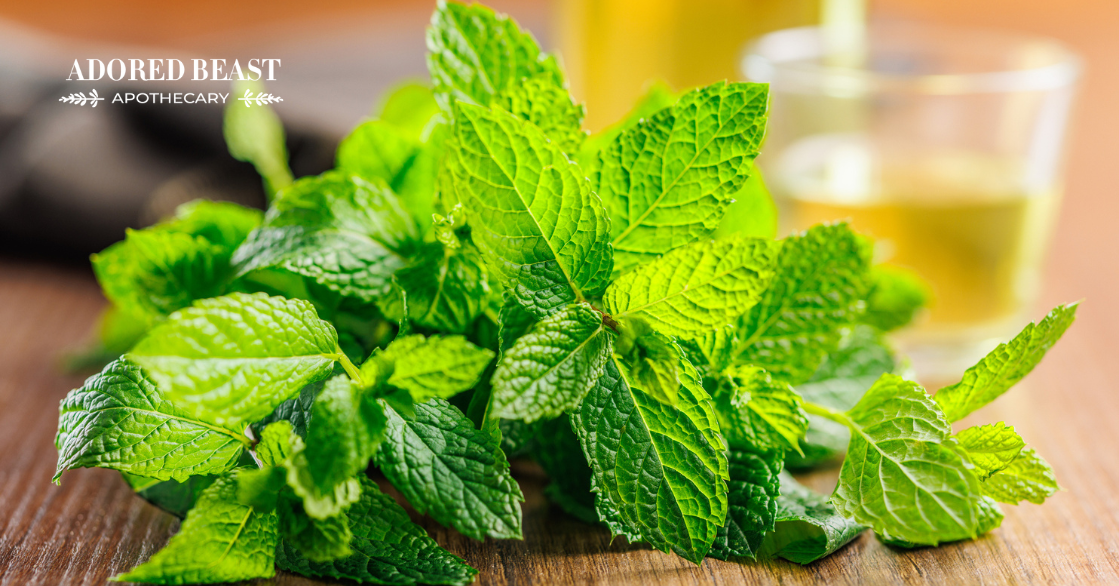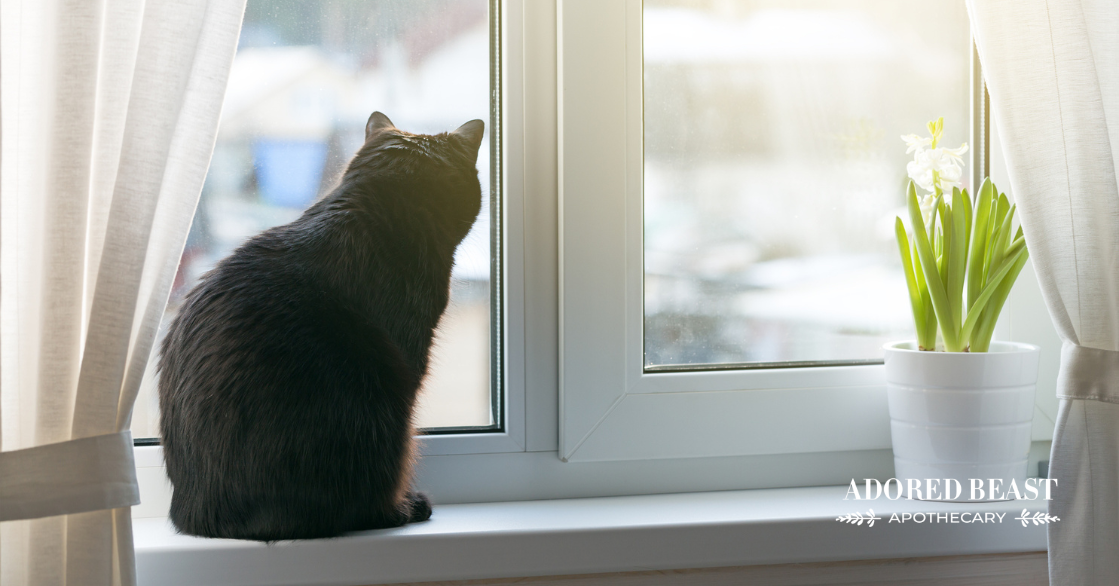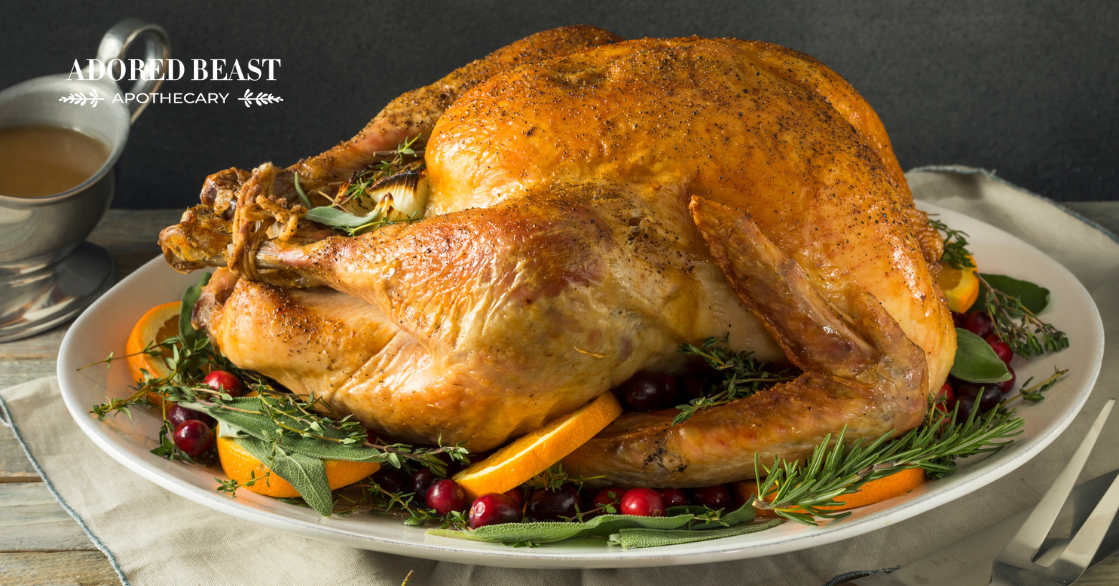Spirulina for dogs and cats (and humans, for that matter) is often called a “superfood” for a good reason – this vibrant blue-green algae is packed with nutrients and has been linked to a wide range of health benefits. Spirulina can also offer a nutritional boost for dogs and cats.
The thing is, there is an important caution with it – you have to make sure it’s sourced responsibly.
Let’s explore what spirulina is, its benefits for pets, and why quality matters more than ever. Plus, we’ll tell you how to choose a good one!
What is Spirulina for Dogs and Cats?
Most people think spirulina is an algae, but it’s actually a type of bacteria. It’s a cyanobacteria that grows naturally in warm, alkaline waters. Though it’s been consumed for centuries (Aztecs were known to harvest and eat it), spirulina has gained mainstream attention in modern times for its rich nutritional profile and potential health benefits.
There are a few different species of spirulina, but Arthrospira platensis is the one you’ll most commonly see in supplements. It’s typically grown in freshwater pools or ponds and then harvested, dried, and powdered.
Reading this and getting confused? After all, last year we warned about the increase in toxic blue-green algae blooms and poisoning in pets. Don’t worry. While both blue-green algae blooms and spirulina are both types of cyanobacteria, spirulina is a specific, cultivated strain of blue-green algae used as a food supplement, while blooms can be harmful due to toxin production.
Spirulina is incredibly nutrient-dense. It contains:
- Over 60% protein by weight, with all essential amino acids
- Vitamins like B1 (thiamine), B2 (riboflavin), B3 (niacin), B6, B12, and vitamin K
- Minerals such as iron, calcium, magnesium, potassium, and zinc
- Essential fatty acids, including gamma-linolenic acid (GLA)
- Powerful antioxidants, especially phycocyanin, which gives spirulina its blue-green colour and supports cellular health
- Chlorophyll, which supports detoxification
For dogs and cats, this means spirulina can help support the immune system, boost energy, promote healthy skin and coat, and aid in detoxification. It may even have anti-inflammatory and allergy-reducing benefits in some pets.
But…
Why Quality Matters: The Risks of Low-Quality Spirulina
As promising as spirulina for dogs and cats is, not all spirulina supplements are created equal. In fact, low-quality spirulina can be dangerous for pets.
Spirulina needs sunshine and has to be grown outdoors. A pollution-free environment and clean water are essential for high-quality production. But, that costs money, and some companies don’t go the extra mile to ensure their product is top-notch (read: safe).
1. Contaminants in Poorly Sourced Spirulina
When spirulina is grown in uncontrolled environments, such as natural lakes or outdoor ponds without adequate oversight, it can be contaminated with harmful substances, including:
- Microcystins – liver-damaging toxins produced by certain harmful algae
- Neurotoxins – which can affect the brain and nervous system
- Hemotoxins – which damage red blood cells
- Heavy metals – like lead, mercury, and arsenic, which can accumulate in the body and cause long-term health issues
Pets are particularly vulnerable to these contaminants due to their smaller body size and faster metabolism.
2. Species Substitution and Mislabeling
Some unscrupulous manufacturers may also sell other species of blue-green algae (such as Aphanizomenon flos-aquae, or AFA) under the label of spirulina. AFA, often harvested from natural lakes like Oregon’s Klamath Lake, is far more likely to contain microcystins and other toxins. It’s not the same thing as spirulina – and it’s not safe for pets.
How to Choose a Safe Spirulina Product
To give your dog or cat the benefits of spirulina without the risks, look for a high-quality supplement that is:
- Grown in a controlled environment, such as a regulated outdoor aquaculture farm
- Tested for contaminants like heavy metals, microcystins, and other toxins
- Certified organic, if possible
- Clearly labeled with the species name (Arthrospira platensis)
- No additives, fillers, colours, flavours, etc.
Just because a company says theirs is the best, do a little extra digging. Reputable pet supplement companies will provide this information upfront or upon request. Look for spirulina that’s been tested by a reputable, qualified, independent third party, and a certificate of analysis. If it’s not available, it’s best to steer clear.
Spirulina can be a fantastic addition to your pet’s diet when it’s high quality. Spirulina is a nutritional powerhouse, but only if it’s pure and clean. When sourced responsibly, it can be a safe and beneficial supplement for dogs and cats. But poor-quality spirulina can do far more harm than good, so it’s worth doing your homework before adding it to your pet’s routine.

